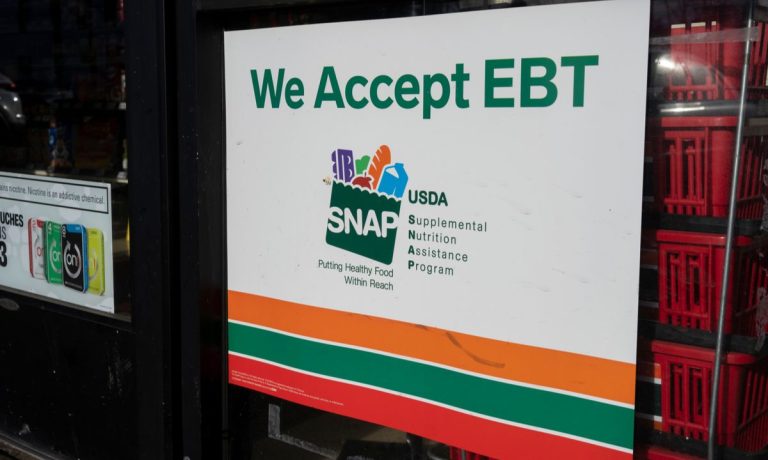Three years ago, we got a sense of how governments could leverage technology in times of crisis — using digital pipes to get aid to people who needed stimulus payments and assistance the most. As the pandemic hit home across the globe, government agencies disbursed trillions of dollars in aid to citizens.
Rajiv Garodia, SVP and global head of Visa Government Solutions, told Karen Webster that as the pandemic ebbs, governments still have a role to play in advancing their economies, intersecting with and interacting with the private sector to transform everyday life, touching everything from tourism to transit to tax collection.
Governments, after all, are the biggest buyers and the biggest spenders in any given economy — so innovation in the public sector can have a positive ripple effect just about everywhere.
But the great digital shift has been uneven, depending on where you look.
“There are parts of the world where they’re only focusing on digitizing [payments] acceptance, because that’s a big pain point,” Garodia said. “In other cases we’re talking about disbursement — and in some cases it’s about procurement.”
But no matter the country, there’s a holistic approach to digitization taking shape, through the creation of ministries and ministers of digitization, and where tackling disbursements may give way to other use cases. And with a holistic approach, all manner of digital services and interactions can coalesce at a single point of access.
Advertisement: Scroll to Continue
He mentioned as an example the efforts underway in war-torn Ukraine, where Diia is an app and platform that offers what’s become a “one-stop shop” to access public services and store documents in a digital wallet.
The modernization of government payments is urgent enough that Visa recently formed the Government Solutions unit, helping agencies find faster, cheaper and ultimately safer ways to pay and be paid. Garodia’s team, based in London, covers five regions globally, helping upgrade and expand digital payments infrastructures. The key areas of focus include disbursements — everything from employment disbursements to benefits for children to COVID stimulus.
And in recounting some earlier and ongoing efforts, he said that, in one example, Visa has worked with the Spanish government and Caixa Bank to digitize government food vouchers. In another effort, Greece has paid younger citizens to embrace the COVID vaccine (paid out through Apple and Google wallets). No matter the use case, the goal is to pivot away from the traditional, cash-based and paper-check methods of getting payments into the hands of recipients — in effect making those payouts smarter, and digital.
Garodia noted that there’s also potential to digitally transform procurement. The government is the biggest buyer in any economy, he said, and governments want small businesses to access public procurement.
Pain Points Abound
“But it’s a pain point,” he said, adding that “the processes are hard and cumbersome, so many firms don’t get to participate.” Visa, he said, has long had programs in public procurement (centered around travel and entertainment and fleet management), but the opportunity has been to more fully expand those efforts. The digital age has allowed agencies to set controls around spending and to automate back-office reconciliation. More recently, though, governments have been building out e-procurement portals that allow for a large volume of small and midsized businesses (SMBs) to be onboarded and to interact with government departments looking to procure goods and services online.
“It’s a newish trend,” he said of the portals, “and it’s material and substantial in determining the directions in which public procurement is evolving.”
On the consumer-facing side of the equation, so to speak, where citizens interact with various agencies, Garodia said that eCommerce is proving to be a model for how we “shop” for services (the Ukraine example is instructive here). Transit and other agencies are evolving quickly, allowing users to transact with mobile devices and contactless payments.
Visa, he said, is working with dozens of countries on improving tourism operations, leveraging payments-related and other data to track where people are headed, what they’re spending money on, and where they’re coming from, which in turn improves the returns on marketing spend for those agencies, while helping local businesses meet anticipated demand.
The granular, payments-related data, Garodia noted, can help policymakers fine-tune their efforts well beyond the confines of payments and disbursements. Garodia offered up the example where U.K. officials wanted to examine fuel consumption and related spending to figure out whether there were economic imbalances when measuring local “nighttime” economies (bars, restaurants and theaters) against one another.
Looming ahead, he said that rich, real-time data flows can help policymakers design programs more efficiently — tailoring disbursements and grants to individual recipients or businesses, without simply letting money leave the door, so to speak, and wondering what happens.
And as for the wider ripple effect: Informal economies become formal economies. The public and private partnerships — grants pushed to cards, cards used for everyday spending — help shape a financial services ecosystem for small businesses, governments, providers and consumers.
By using digital conduits to get money where it needs to go, government can track spending, he said, making sure that there’s no leakage in the system, and that tax revenues are accounted for.
“When you digitize disbursements, you’re also getting spend into the formal economy,” he said. Access to financial services broadens, he said, and the consumer experience itself improves. And those broader benefits accrue to the economy whether the payments are done into prepaid cards (such as in the U.S.) or virtual cards (favored in Europe). “Once you start building platforms, you can start moving more services onto it, which then become bi-directional,” Garodia said.




